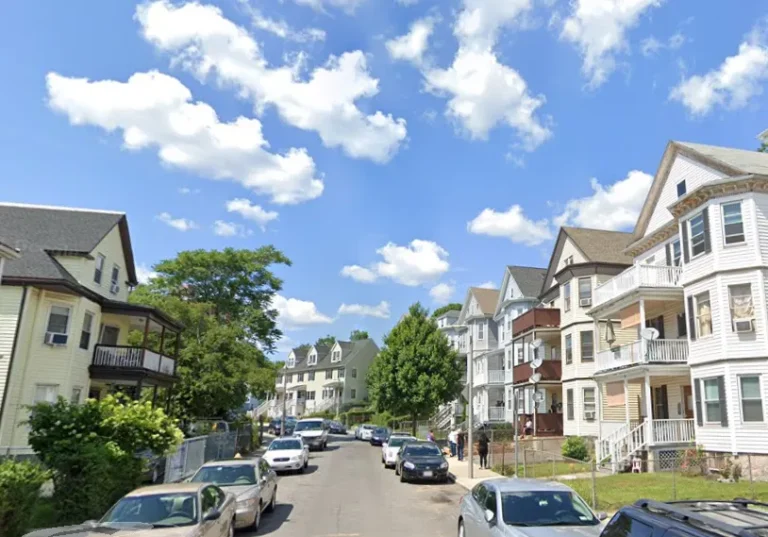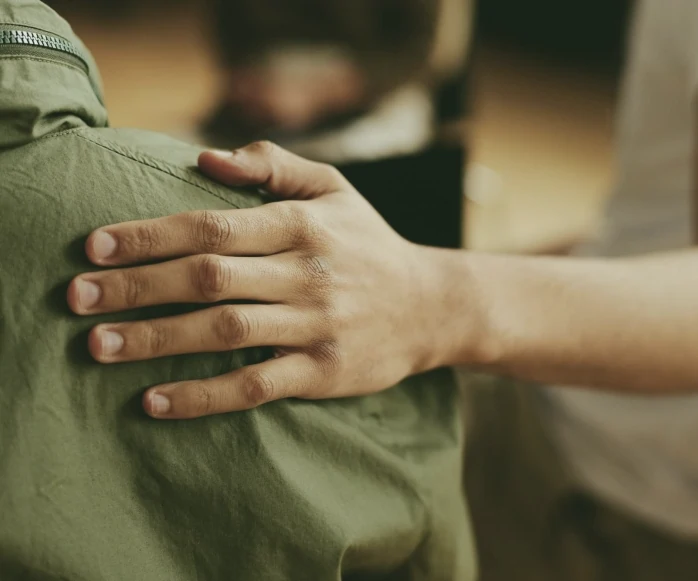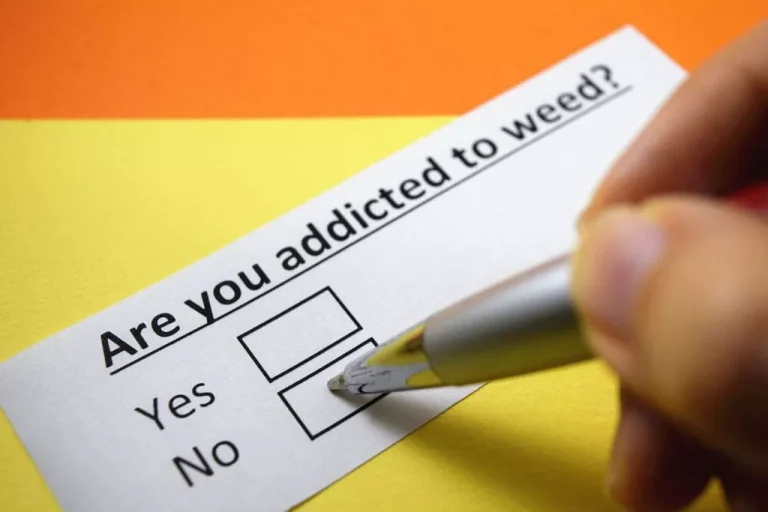
Adding to this myth is the term “whiskey nose,” which comes from the way people would drink whiskey. Before drinking, people would sniff the whiskey to enjoy the aroma. In the early stages of rhinophyma, these symptoms are mild to moderate. People who have rosacea may not develop an alcoholic nose until years later. Later, this condition advances to vascular rosacea, which involves swollen blood vessels and redness.
Not Sure How to Quit Drinking? Here’s Your Guide
If you feel that any of our content is inaccurate, out-of-date, or otherwise questionable, please contact at All Addiction Resource content is medically reviewed or fact checked to ensure as much factual accuracy as possible. Alcohol addiction can lead to neglect of nutrition and hygiene and may lead to weight loss. Call us now to get help finding the ideal alcohol recovery program.
Surgical treatments
- There are creams and various skincare products that can help with the appearance.
- If you or a loved one are in search of treatment services for alcohol use disorder, help is available.
- For those who have the skin condition, it can be difficult to enter into society when flare-ups occur because of the existing stigma surrounding alcoholic nose.
- This is a stigma, however, that those who struggle with substance abuse regularly face.
In many cases, “alcoholic nose” is used to describe the most severe, end-stage form of rosacea, known as rhinophyma. Rhinophyma causes the nose to become even more disfigured due to the progressive dilation of the nasal vessels as well as the involvement of cysts and pustules. Surgical treatment can remove tissue overgrowth, reshape disfigured noses, and minimize the appearance of enlarged blood vessels. It may be completed with a scalpel, laser resurfacing, dermabrasion, or via cryosurgery.

Can Alcohol Cause Rhinophyma?

Rhinophyma is in a category of skin conditions known as rosacea, which causes chronic inflammation of the skin. This chronic inflammation is caused by broken blood vessels and sores on or around the nose, causing it to appear red, swollen, and bumpy. A common misconception https://ecosoberhouse.com/ is that alcoholic nose is solely caused by excessive alcohol consumption. While many individuals with rhinophyma may drink alcohol, the condition is also present in those who do not, challenging the stigma that links alcohol consumption to the disorder.
- Alternatively, someone who suffers from alcohol addiction may feel like their rosacea is a constant, visible reminder of their struggles.
- People who have this medical condition usually have a red nose that is swollen and bumpy, and which probably looks worse during a period of heavy drinking and chronic alcohol use.
- At Georgetown Behavioral Hospital, your days will be structured with enjoyable, recovery-based activities.
- This can occur when your sebaceous glands secrete too much sebum, which causes oily skin.
- Each individual is sensitive to alcohol in different ways, so everyone who has rosacea may not see a flare-up after drinking.
This often looks like some exaggerated patches of red on the face with thin spidery lines along the cheeks and other parts of the face, which are the visible blood vessels. Some people can also experience small scatterings of red bumps that can be filled with pus and the skin could feel warm or mildly irritated. Case severity will depend on the individual and certain variables that exist in one’s life that have the potential to aggravate rhinophyma.
Does Alcoholism Cause Advanced Rosacea of the Nose?
Take our short alcohol quiz to learn where you fall on the drinking spectrum and if you might benefit from quitting or cutting back on alcohol. There is no cure for rhinophyma, and it typically does not go away without surgery. While the underlying causes aren’t fully understood, early treatment is considered the most effective solution. By contrast, people with more advanced cases may be prescribed topical ivermectin, oral isotretinoin, or brimonidine. If inflammation is present because of a bacterial infection, then oral antibiotics such as tetracycline may be prescribed to manage the infection.
While “alcoholic nose” is not a medical condition requiring treatment, rhinophyma can be treated. The main treatment option for rhinophyma is surgery; however, there are some medications that may provide a small degree of help. An alcoholic nose, often called a whiskey nose, drinker’s nose, gin nose, or gin blossom nose, is a common way to refer to a large purple-tinted nose. However, there is a lot of urban legend surrounding alcoholics’ noses.
If a person has an existing rhinophyma condition, alcohol may aggravate it. Having a big nose, even as a result of rosacea, is not necessarily a sign of alcoholism. Unfortunately, doctors are not yet clear on the direct cause alcoholic nose of rhinophyma. It shows up more frequently in men than women and is common among those with fair skin and European ancestry. Drinking alcohol enlarges the blood vessels, which makes them more susceptible to bursting.


You already have an allergic reaction to the peanuts, but by adding more peanuts, you are adding a bigger reaction and agitating the reaction more, making it worse. Just because they have swelling and discoloration around the nose does not mean they are an alcoholic. This stigma has caused many people to feel uncomfortable and ostracized from society.
